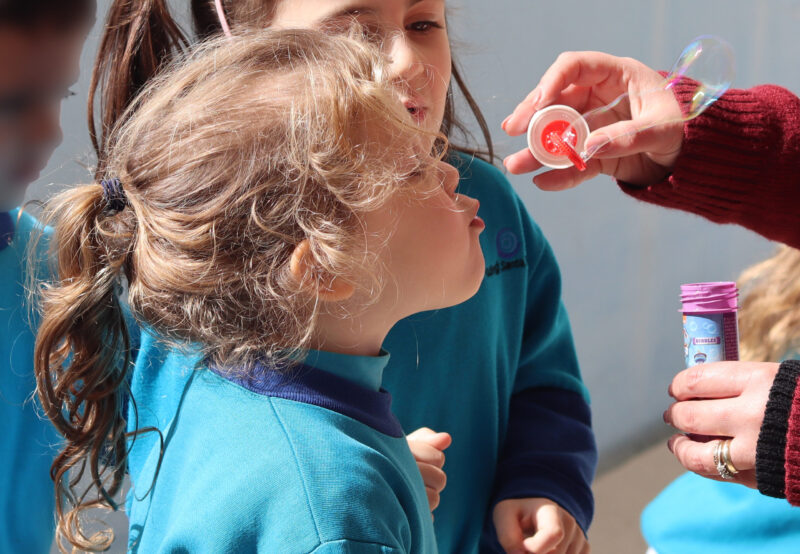Religious education as part of the holistic formation of the human person
“The teaching of religion in schools is seen as an important element in the integral formation of the person. It should lead to a process of self-discovery, developing the moral and spiritual dimensions and contributing towards children’s capacity to value, appreciate, perceive and interpret the world they live in.” The National Curriculum Framework continue stating that “the spiritual dimension of the self should be supported by promoting values that include justice, personal responsibility, respect, reflection and active engagement in moral issues.” One of the methods that the coordinator for religious counsellors promotes to reach this goal is through prayer spaces in schools.
In Primary education, Prayer Spaces can be easily integrated into the curriculum through a thematic, cross-curricular approach. This approach makes learning more meaningful and helps students reflect, give their opinion, question, discuss, think out of the box, and initiate their learning.
Prayer Spaces and Learning Outcomes in language teaching, Art, Design and Technology
The themes of a Prayer Space activity can be linked to learning outcomes and skills in language teaching such as self-expression, writing, literacy, listening and reading skills, and creativity through art and design.
Prayer Spaces and Learning Outcomes in Science, Social Studies and PSCD
Prayer Space themes can also be integrated into the Scientific, Personal And Social aspects of the curriculum. For example, in Science, students can learn about human habitats, different ways of conserving water and protecting nature. They could design models of sustainable energy or create an organic vegetable garden, for instance. Through teamwork and PSCD, students will increase interpersonal and intrapersonal skills, inclusion and collaboration, thereby putting into practice the values promoted through Prayer Space activities.
One can also note that the way students speak, behave, and draw or create can help educators identify the student’s needs. These expressions draw the teacher’s attention to students who are spiritually, emotionally or socially at risk and need safeguarding or referral to counselling and support.
Prayer Spaces and Learning Outcomes in Religious/ Ethical Education and Physical Education

Prayer Spaces can enhance the learning outcomes of religious and ethical education by exploring love, respect, forgiveness, peace and relationships. Young people of all faiths or none can explore life questions and experience prayer in a creative and meaningful way. The activities in Prayer Spaces can be the outcome, conclusion, or main activity in a religion or ethics lesson after or during the teacher covers the corresponding textbook and syllabi. It can also be linked to journaling and collaborative Prayer initiated by the students themselves
Prayer activities also involve dance and movement through appealing songs and music, encouraging students to express their spirituality through creative dance.



